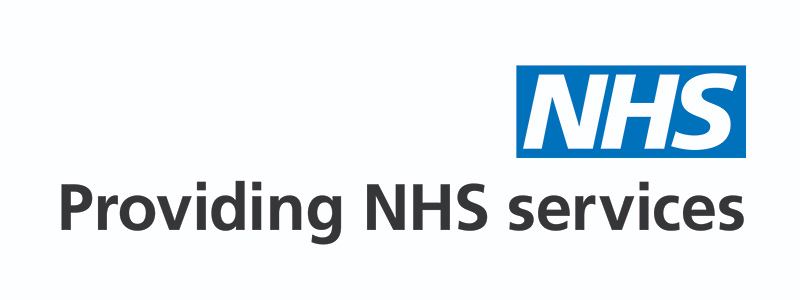ORCHARD 2000
Medical Centre
480 Hall Road
HULL HU6 9BS
Bransholme Health Centre
Goodhart Road
HULL HU7 4DW
Telephone: 01482 344184

Medical Emergencies dial 999
Out of Hours: dial 111
ORCHARD 2000
Medical Centre
480 Hall Road
HULL HU6 9BS
Bransholme Health Centre
Goodhart Road
HULL HU7 4DW
Telephone: 01482 344184

Medical Emergencies dial 999
Out of Hours: dial 111
Self-Care and Home Remedies
Medications
Physical Therapy
Medical Interventions
Lifestyle Changes
When to See a Doctor
Consulting with a healthcare professional for a proper diagnosis and comprehensive treatment plan is essential for effectively managing elbow pain.